
Circuit Theory and Applications
Full Connectivity Driven K-LEACH Algorithm for Efficient Data Forwarding in Wireless Sensor Networks
Due to the usage of Internet in everything in our life, our environment is transformed into digital society, in which everything can be accessed from anywhere. This is the main concept of Internet of Things (IoT), which consists of intelligent devices connected together without location limitation. These devices can be sensors and actuators, which are used in environmental monitoring, home automation, disaster management and more. This is the definition of Wireless Sensor Network (WSN), which is considered a subset from IoT environment. WSN consists of hundreds of nodes spread in different
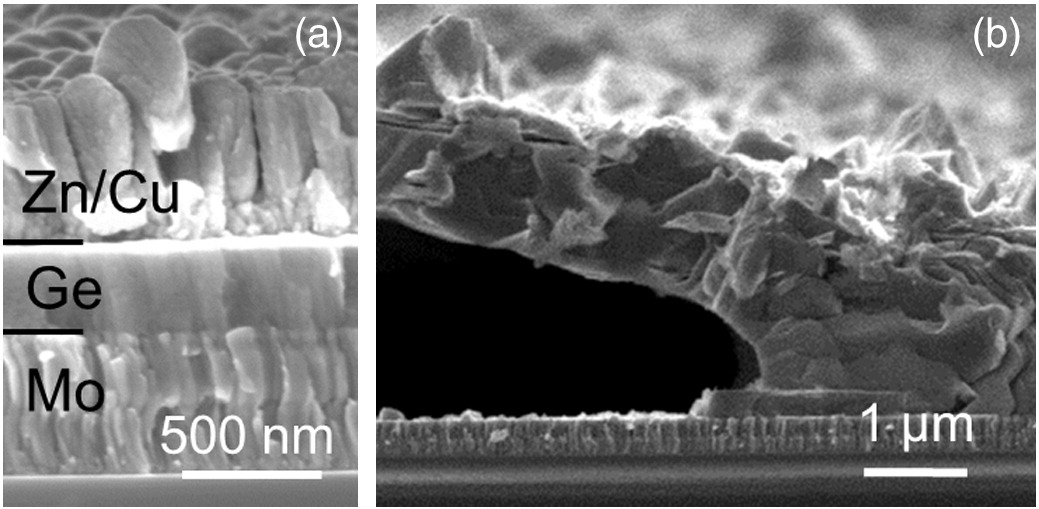
Physical characterization of Cu2ZnGeSe4thin films from annealing of Cu-Zn-Ge precursor layers
Cu2ZnGeSe4(CZGeSe) can be considered as a potential alternative for wide band gap thin film devices. In this work, CZGeSe thin films were deposited on Mo-coated soda lime glass substrates by sequential deposition of sputtered Cu, Zn and e-beam evaporated Ge layers from elemental targets followed by annealing at high temperature using H2Se gas. We report on the effect of the precursor stack order and composition and the impact of the annealing temperature on the physical properties of CZGeSe thin films. The optimal layer morphology was obtained when using a Mo/Cu/Zn/Ge precursor stack annealed
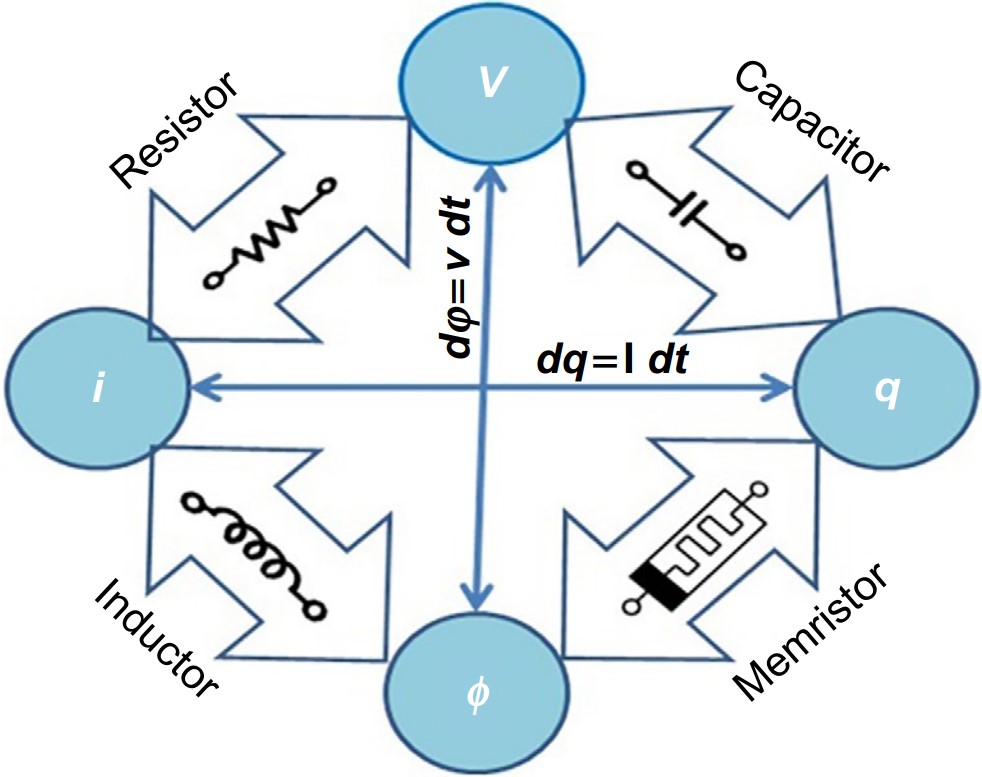
Memristive Fractional-Order Nonlinear Model for Circuit Design
The main objective of this chapter is to bring together studies addressing the current research and history of memristive device evolution available in the literature. The chapter highlights the methodologies and frameworks relevant to the development of nonlinear memristor models suitable for future nanoscale circuit design. An elaborate study of memristor device physics, structure, operation, mathematical modeling, and TCAD simulations is carried out for better understanding of nonlinear models of memristive devices. The memristive device features and content related to memristor nonlinear
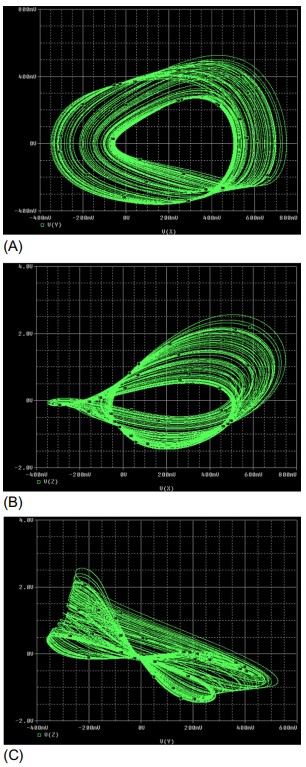
Dynamics, Circuit Design, Synchronization, and Fractional-Order Form of a No-Equilibrium Chaotic System
Systems without equilibrium such as electromechanical models with rotation and electrical circuits with cylindrical phase space were studied a long time ago. However, chaotic systems without equilibrium have received significant attention recently after the introduction of hidden attractors. Interestingly, an attractor of a no-equilibrium system is hidden because its basin of attraction does not intersect with any neighborhood of an unstable fixed point. This chapter presents a 3D no-equilibrium system with hidden chaotic attractors. The fundamental qualitative properties of the proposed no

MOS realizations of fractional-order elements
The exploitation of fractional calculus in engineering applications requires the utilization of fractional-order elements. As there is no immediate access to such type of elements, emulators that proportionally imitate their behavior are developed. The realization of emulators of fractional-order elements is based on the approximation of their impedance function. Subsequently, an advantageous option for the circuit implementation of the obtained, approximated impedance function is MOS transistor-based configurations, as they provide a dynamic system with electronically adjustable parameters
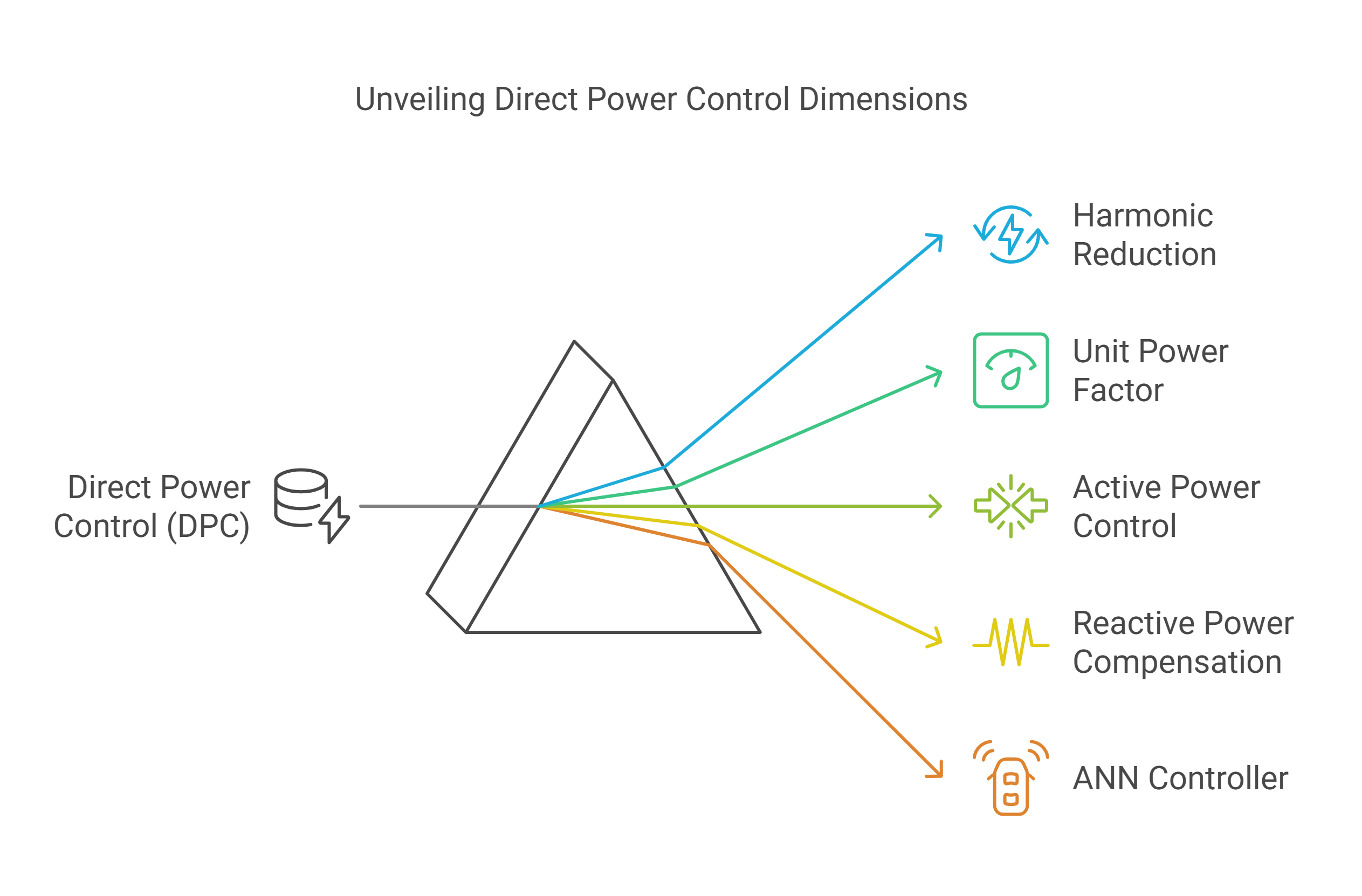
Artificial neural network for PWM rectifier direct power control and DC voltage control
In this chapter, a new technique has been proposed for reducing the harmonic content of a three-phase PWM rectifier connected to the networks with a unit power factor and also providing decoupled control of the active and reactive instantaneous power. This technique called direct power control (DPC) is based on artificial neural network (ANN) controller, without line voltage sensors. The control technique is based on well-known direct torque control (DTC) ideas for the induction motor, which is applied to eliminate the harmonic of the line current and compensate for the reactive power. The
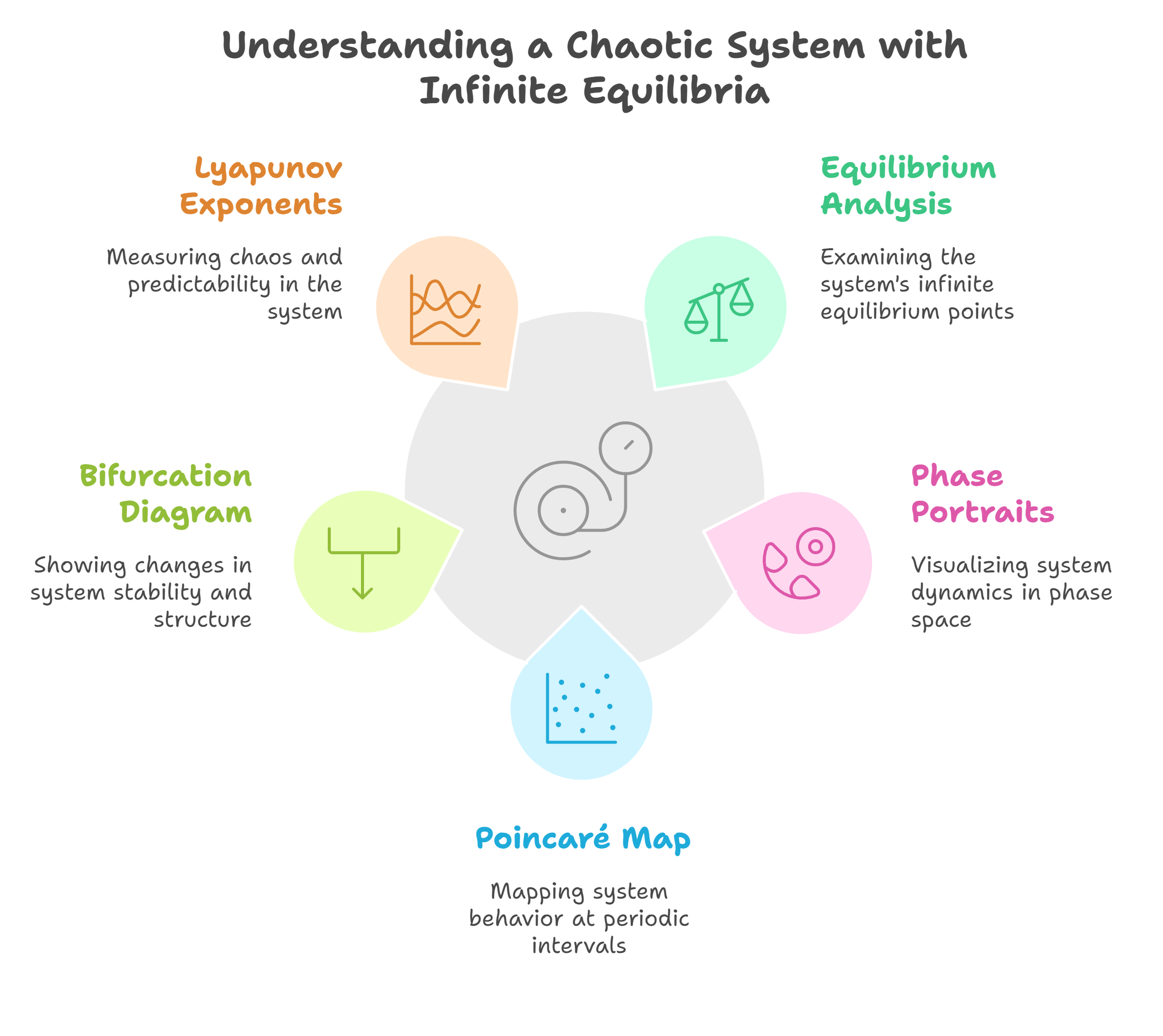
Dynamics, synchronization and fractional order form of a chaotic system with infinite equilibria
Conventional chaotic systems, such as the Lorenz system, Rössler system, Chen system, or Lü system, have a countable number of equilibrium points. Interestingly, a few unusual systems with infinite equilibria have been discovered recently. It is worth noting that from a computational point of view, that equilibria cannot support to identify the attractors in such systems. This chapter presents a three-dimensional chaotic system with an infinite number of equilibrium points. The fundamental properties of such a system are investigated by using equilibrium analysis, phase portraits, Poincaré map

A collection of interdisciplinary applications of fractional-order circuits
An attractive feature of fractional calculus is its application in various interdisciplinary fields, extending from biomedical and biological notions to mechanical properties. For their description, fractional-order models have outperformed the corresponding integer-order models, resulting in a more realistic behavior, due to the additional degrees of freedom offered and the long-term memory effect that reflects the fractional order. These improved features are processed by appropriate circuit implementations, derived through several approximation methods, whose primary objective is to provide
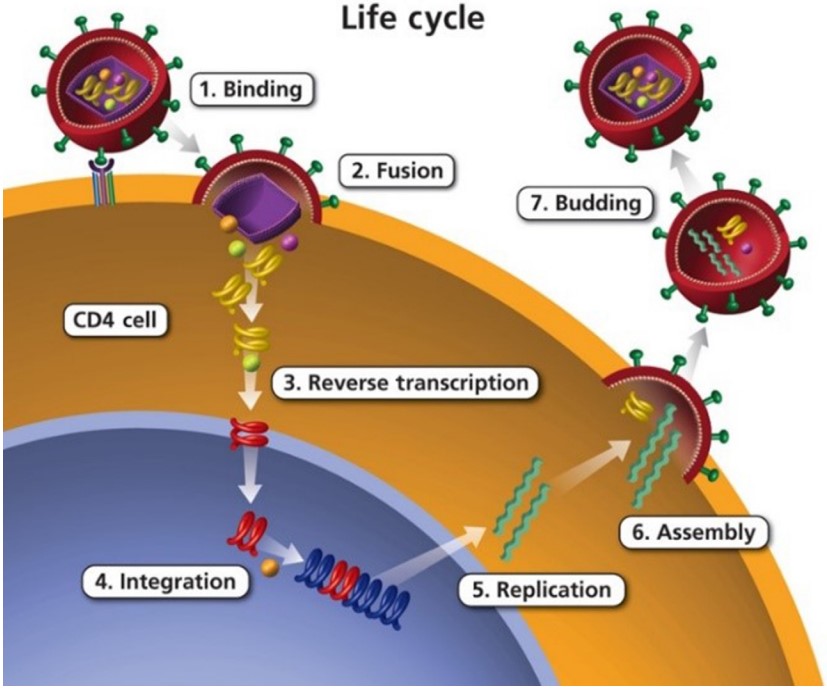
Fractional-Order Models for HIV Viral and Epidemiological Dynamics
Since 1981, millions have died of HIV with no available cure until now. Therefore, researchers have always tried to study its dynamics through mathematical modeling to make it more predictable and controllable. In this chapter, the authors are concerned with two different models: the viral and epidemiological dynamics of HIV. Commonly, researchers introduce HIV dynamics using ordinary differential equations; however, here, the models are introduced as fractional-order systems that are considered more accurate and flexible. For the viral dynamics model, most of the studies focus on one target
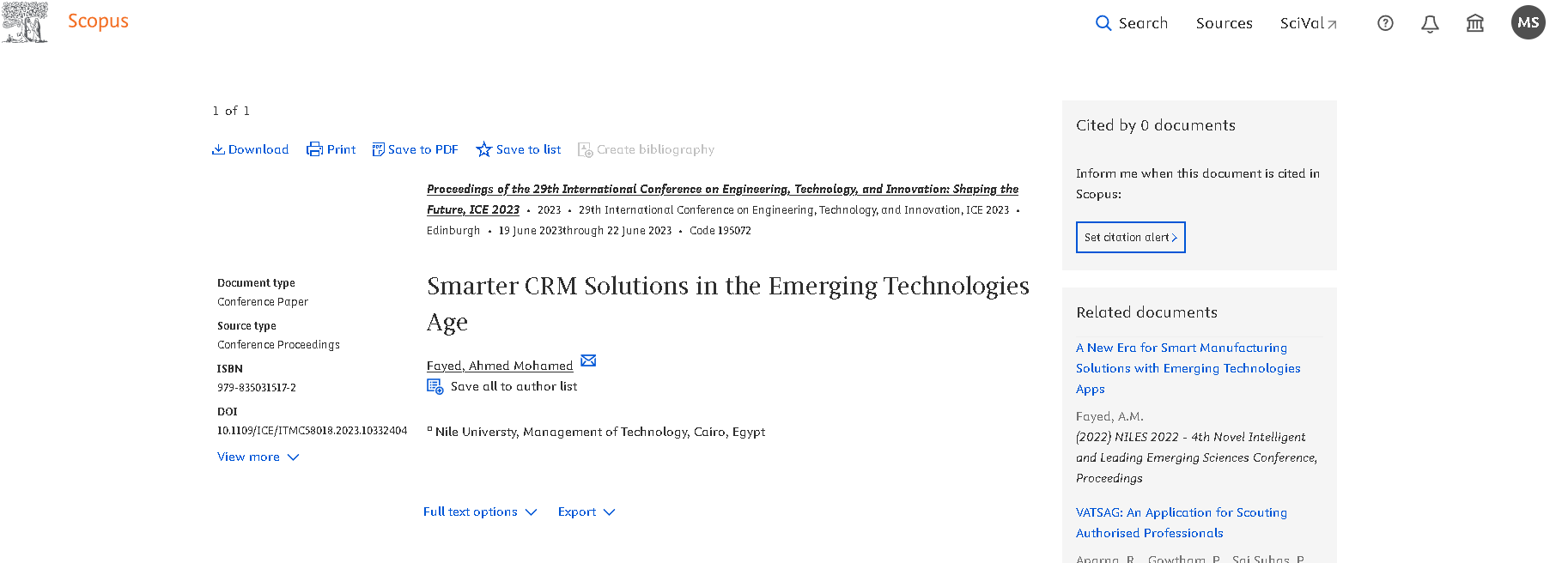
Smarter CRM Solutions in the Emerging Technologies Age
There are trends across modern Customer Relationship Management (CRM) solutions that are centered on emerging technologies such as Artificial Intelligence (AI), internet of things (IoT), and Blockchain to improve the overall customer experience. Smart CRM solutions focus on embedding emerging technologies capabilities within marketing, sales, and service functionalities to turns unpredictable customer journeys into predictive and interactive experiences. For example, applying artificial intelligence and machine learning to customer data and Internet of Things data allows organizations to